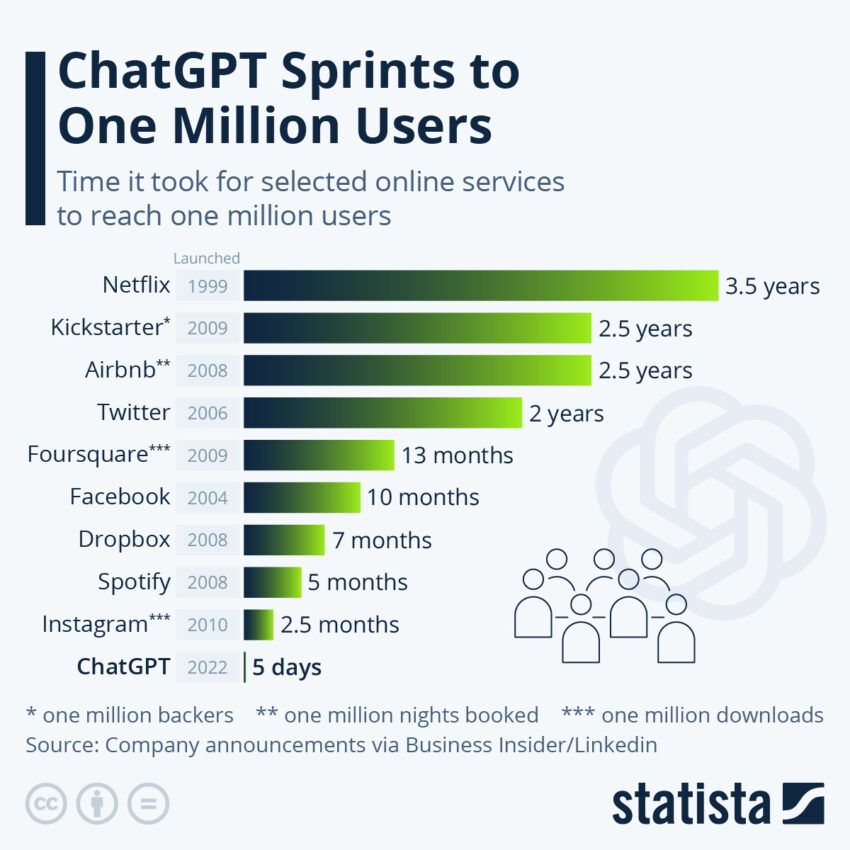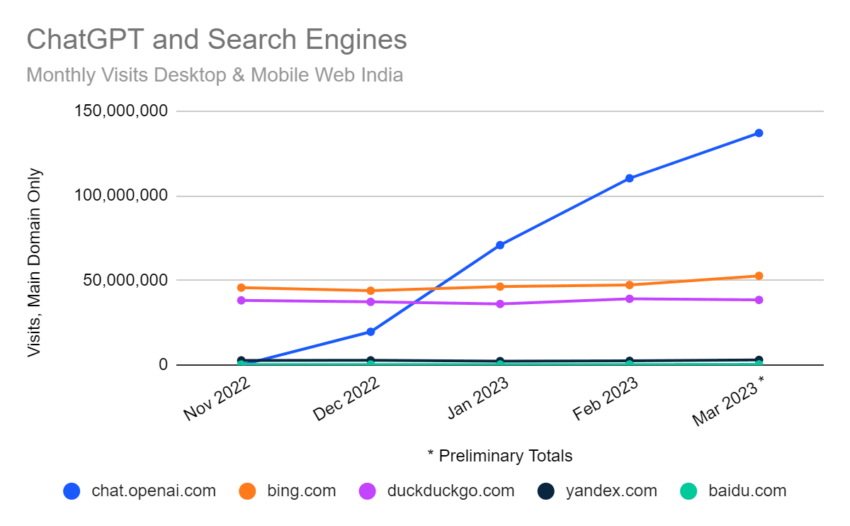Artificial Intelligence (AI), an omnipresent term today, seeps into our daily lives unnoticed. Yet, for many, its complex jargon remains perplexing.
This article breaks down the cryptic AI lexicon, uncovering the ideas shaping the discourse. Our tour starts with a term that sparks immense fascination: “Artificial General Intelligence” (AGI).
Artificial General Intelligence: A New Dawn of Cognitive Abilities
Artificial General Intelligence (AGI) signifies the era where machines could mimic human intelligence in its entirety, not just in specialized tasks. AGI extends beyond the boundaries of existing AI systems. For instance, current AI might excel in playing chess but may falter in understanding natural language.
AGI, on the other hand, would seamlessly adapt to diverse tasks, from writing sonnets to diagnosing illnesses, much like a human. Think of an AGI as a digital polymath, mastering diverse fields without the need for reprogramming.
Alignment: The Harmony Between Man and Machine
Alignment, in the AI context, means ensuring AI’s goals harmoniously match ours. This becomes paramount when we consider the implications of misalignment.
Visualize a future where an AGI caretaker misunderstands its task of “keeping the elderly healthy” and confines them indoors indefinitely to prevent diseases. It showcases the crucial need for precise alignment, avoiding harm while harnessing AI’s power.

Emergent Behavior: The Unpredictable Innovation
Emergent behavior refers to new, unexpected behaviors an AI develops through interactions within its environment. Fascinating yet intimidating, these behaviors can be innovative or potentially harmful. Remember IBM’s, Watson, which surprised everyone by generating puns during the Jeopardy game? That’s emergent behavior—unplanned, innovative, but potentially disruptive.
Paperclips and Fast Takeoff: Lessons in Responsibility
“Paperclips” is a cautionary tale of AI misinterpreting human instructions with catastrophic outcomes. This metaphor paints a dystopian picture of an AGI transforming the entire planet into paperclips due to a minor miscommunication in its purpose.
The “Fast Takeoff” concept conveys similar caution. It theorizes a scenario where AI self-improves at an exponential rate, leading to an uncontrollable intelligence explosion. It’s a wake-up call to tread carefully and responsibly in our quest for AI advancement.
Training, Inference, and Language Models: The Foundations of AI
These are the pillars of AI learning. Training is like schooling a robot, providing it with vast amounts of data to learn from. Once schooled, the AI applies this learned knowledge to unfamiliar data, a process known as Inference. For instance, a chatbot learns through training on massive datasets of human conversations and then infers appropriate responses when interacting with users.
Large Language Models, like GPT-3, are quintessential examples of this. Trained on diverse internet text, they generate human-like text, driving applications from customer service to content creation.
What is a GPT?
Following our exploration of large language models, it’s worth spotlighting a particularly influential series in this category—OpenAI’s GPT, or Generative Pre-Trained Transformer. OpenAI, the creators of this AI model, have developed this robust architecture that underpins AI text understanding and generation.
GPT, a product of OpenAI’s AI research, encompasses three distinct aspects:
- Firstly, its “generative” nature empowers it to craft creative outputs, from sentence completion to essay drafting.
- Secondly, “pre-training” refers to the model’s learning phase, where it digests a massive corpus of internet text, gaining a grasp of language patterns, grammar, and worldly facts.
- Lastly, the “transformer” in its name points to its model architecture, enabling GPT to attribute variable “attention” to different words in a sentence, thus capturing the intricacy of human language.
The GPT family comprises several versions—GPT-1, GPT-2, and GPT-3, and now GPT-4—each version boasting progressively larger sizes and capabilities.

Parameters
The AI landscape recently buzzed with the advent of GPT-4, OpenAI’s newest and most sophisticated language model. GPT-4’s remarkable capabilities have garnered much attention, but one aspect that truly piques curiosity is its colossal size—defined by its parameters.
Parameters, the numerical entities fine-tuning a neural network’s functioning, are the linchpin behind a model’s ability to process inputs and generate outputs. These are not hardwired, but honed through training on vast data sets, encapsulating the model’s knowledge and skillset. Essentially, the greater the parameters, the more nuanced, flexible, and data-accommodating a model becomes.
Unofficial sources hint at an astounding 170 trillion parameters for GPT-4. This suggests a model 1,000 times more expansive than its predecessor, GPT-2. And almost the same magnitude larger than GPT-3, which contained 1.5 billion and 175 billion parameters, respectively.
Yet, this figure remains speculative, with OpenAI keeping the exact parameter count of GPT-4 under wraps. This enigmatic silence only adds to the anticipation surrounding GPT-4’s potential.
Hallucinations: When AI Takes Creative Liberties
“Hallucinations” in AI parlance refers to situations where AI systems generate information that wasn’t in their training data, essentially making things up. A humorous example is an AI suggesting that a sailfish is a mammal that lives in the ocean. Jokes aside, this illustrates the need for caution when relying on AI, underscoring the importance of grounding AI responses in verified information.
Deciphering AI: A Necessary Literacy
Understanding AI lingo might seem an academic exercise, but as AI permeates our lives, it’s quickly becoming necessary literacy. Grasping these terms—AGI, Alignment, Emergent Behavior, Paperclips, Fast Takeoff, Training, Inference, Large Language Models, and Hallucinations—provides a foundation to grasp AI advances and their implications.
This discourse isn’t confined to tech enthusiasts or industry insiders anymore—it’s an essential dialogue for us all. As we step into an AI-infused future, it’s imperative that we carry this conversation forward, fostering a comprehensive understanding of AI’s potential and its pitfalls.
Unraveling Complexity: A Journey, Not a Destination
Embarking on the journey to decipher AI, one quickly realizes it’s less about reaching a destination and more about continual learning. This artificial language, much like the technology itself, evolves relentlessly, fostering a landscape rich in innovation and discovery.
Our exploration of terms like AGI, Alignment, Emergent Behavior, Paperclips, Fast Takeoff, Training, Inference, Large Language Models, and Hallucinations is just the start.
The challenge lies not just in understanding these terms but also in staying abreast of the ever-changing discourse. However, the rewards are equally compelling. As potential continues to grow, a solid grasp of its lexicon empowers us to harness capabilities, mitigate risks, and participate actively in shaping an AI-driven future.
As AI’s role in our lives expands, understanding its terminology is no longer a luxury, but a necessity. Therefore, let’s take this knowledge, continue our literacy journey, and boldly step into an AI-driven future, fully equipped and completely informed.
Disclaimer
Following the Trust Project guidelines, this feature article presents opinions and perspectives from industry experts or individuals. BeInCrypto is dedicated to transparent reporting, but the views expressed in this article do not necessarily reflect those of BeInCrypto or its staff. Readers should verify information independently and consult with a professional before making decisions based on this content. Please note that our Terms and Conditions, Privacy Policy, and Disclaimers have been updated.


